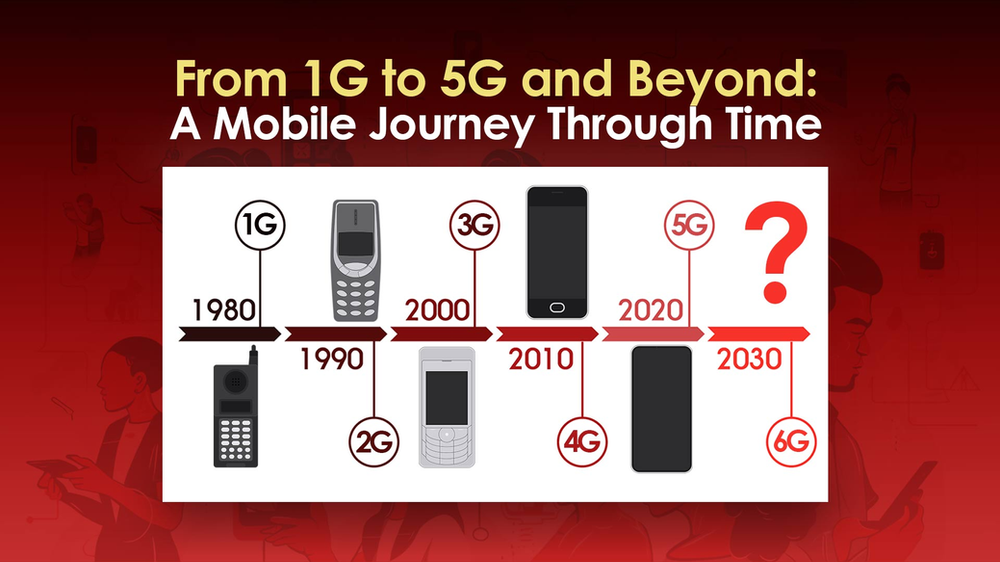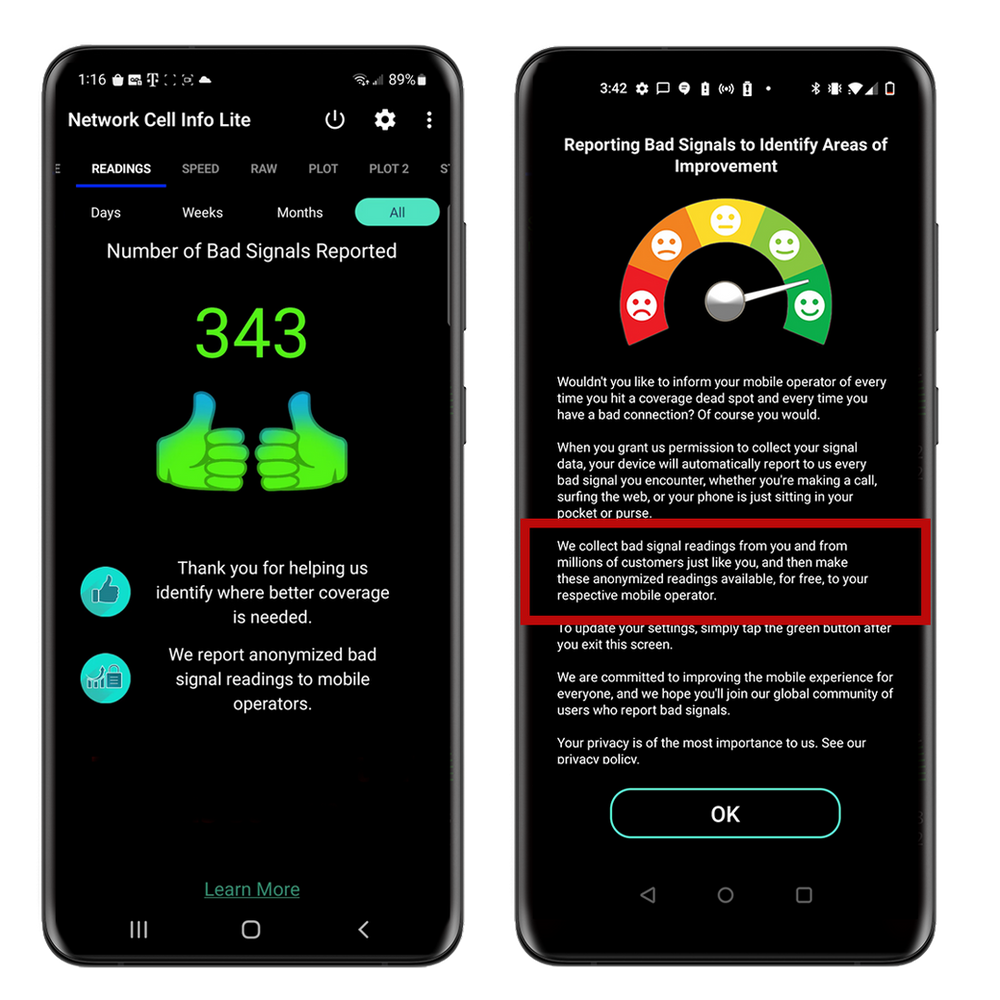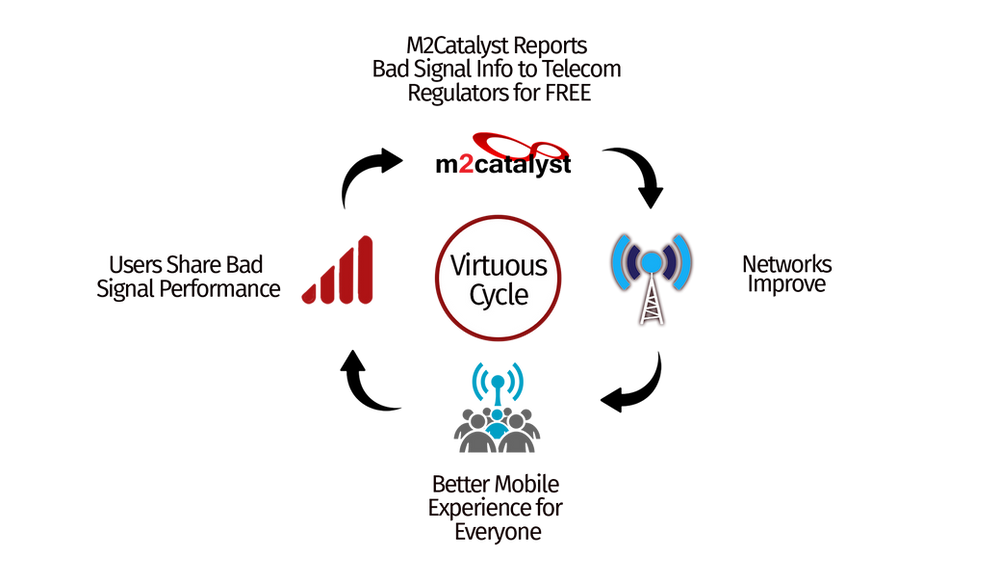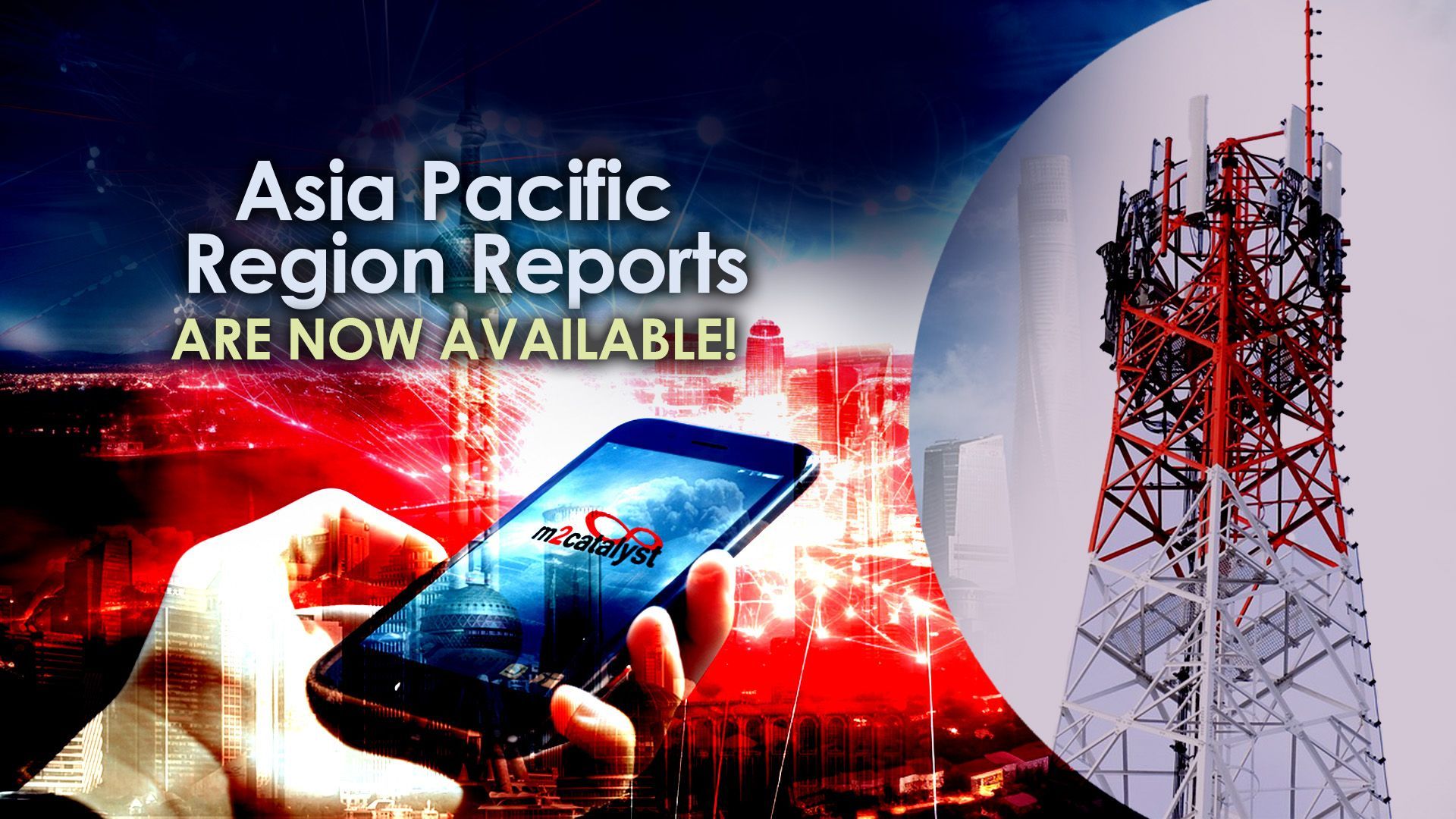From 1G to 5G and Beyond: A Mobile Journey Through Time

The world of mobile communication is one of the most rapidly evolving industries in our digital age. The shift from the rudimentary 1G to the sophisticated 5G is not just a tale of technology's advancement, but of human ingenuity, relentless ambition, and our innate desire to communicate more efficiently. Let’s embark on this journey from the past to the present and catch a glimpse of the future.
1. 1G (First Generation)
Introduced in the early 1980s, 1G represents the genesis of mobile communications. It was an analog system, providing basic voice services. But its significance was monumental. For the first time, people could communicate on the go. The era of brick-sized phones had begun, marking a pivotal moment in our communication history.
2. 2G (Second Generation)
Emerging in the early 1990s, 2G brought a digital revolution. This was not merely about voice anymore; it introduced the world to the magic of SMS (Short Message Service), or texting. The efficiency of digital signals made communication clearer, more secure, and introduced the possibility of international roaming.
3. 3G (Third Generation)
The early 2000s saw the dawn of 3G. With faster data transfer rates, internet browsing on mobile became a reality. Multimedia services like video calling and mobile TV were introduced. Our phones began their evolution from mere communication devices to smart tools that could bring the world to our fingertips.
4. 4G (Fourth Generation)
By the 2010s, 4G had taken the stage, promising – and delivering – even higher data speeds. Streaming videos, online gaming, and high-definition video calls became seamless. Mobile apps proliferated, and the smartphone became a pivotal part of our daily lives. With 4G, the line between a computer and a phone blurred.
The introduction of 4G was more than just a tech upgrade; it changed the way we live and interact with the world. Imagine a time when waiting for web pages to load was the norm. Then came 4G, and together with smartphones, it was like opening the floodgates. Suddenly, we all had fast, instant access to information, anytime and anywhere. This wasn’t just convenient; it transformed our daily lives. We could instantly video call a friend from another continent, find a recipe while grocery shopping, or even start a business from our phones. In short, 4G and smartphones made the world smaller and possibilities bigger, putting the world right in our pockets.
5. 5G (Fifth Generation)
Fast forward to the present, and 5G is the buzzword. Offering speeds up to 100 times faster than 4G, it promises to revolutionize not only mobile communication but various sectors like healthcare, automotive, and entertainment. With reduced latency, 5G facilitates real-time interactions, making technologies like augmented reality (AR) and virtual reality (VR) more immersive and reliable.
Fixed Wireless Access (FWA) is also rapidly emerging as a formidable contender in the internet service provision arena. Traditional legacy Internet Providers are finding themselves in direct competition with this technology as it carves out an increasing share of the market. One of the key drivers behind FWA's ascendance is its inherent compatibility with 5G networks. As 5G continues its global rollout and adoption, offering faster speeds and more reliable connections, the appeal of FWA is poised to soar even further. This shift indicates not just a change in technology, but potentially a paradigm shift in how consumers access the internet in the years to come.
What Lies Beyond?
The mobile tech horizon is vibrant, and as we look beyond 5G, we can see inklings of 6G crystallizing. Expected around 2030, 6G might introduce us to:
Terahertz Communications: Enabling data rates in the terabits-per-second, further enhancing real-time data sharing.
Advanced AI Integration: Making our devices not just tools but intelligent companions that understand and predict our needs.
Extended Reality (XR): A fusion of AR, VR, and mixed reality, XR could transform our interaction with the digital world.
Moreover, with the advent of technologies like Quantum computing and more advanced neural networks, the lines between the physical and digital world may further blur, creating a seamlessly interconnected global village.
According to IEEE, the world's largest technical professional organization dedicated to advancing technology for the benefit of humanity, “The case for 6G telecommunications has become more apparent than ever before. The generations of wireless cellular technology (or the Gs) have been incrementing every 10 years: 1G prior to 1990, 2G in 1990, 3G in 2000, 4G in 2010, and 5G in 2020. We expect 6G to roll out in 2030.”
In Conclusion
Our journey from 1G to 5G is not just a story of technological milestones but it's one of innovation, and the ever-present desire to connect. As consumers, we’ve been part of this incredible voyage, adapting, growing, and benefiting from each leap. As we stand on the cusp of further breakthroughs, one can only marvel at the possibilities the future holds. Whatever comes next, one thing remains certain: the journey of mobile communication is always evolving.
To request a demo of our Crowd SiteIntel platform, please click the button below and fill out our enterprise contact form.
More About The Network Cell Info Community
Millions of app users globally have contributed trillions of network performance measurements.

How does the Network Cell Info community help bridge the digital divide? We provide the No Signal Data back to Mobile Network Operators for free.

Download the free M2Catalyst app, Network Cell Info Lite , to submit network performance data in your area.
M2Catalyst reports the no-signal readings (dead zones) to MNOs for free. If you work for an MNO, please contact via our form at , www.m2catalyst.com/contact
Invite a Friend to Network Cell Info Lite
The more people using NCI Lite, the faster we can help improve mobile networks around the world. Please share our app with friends and family using one of the options below.
You might also like




